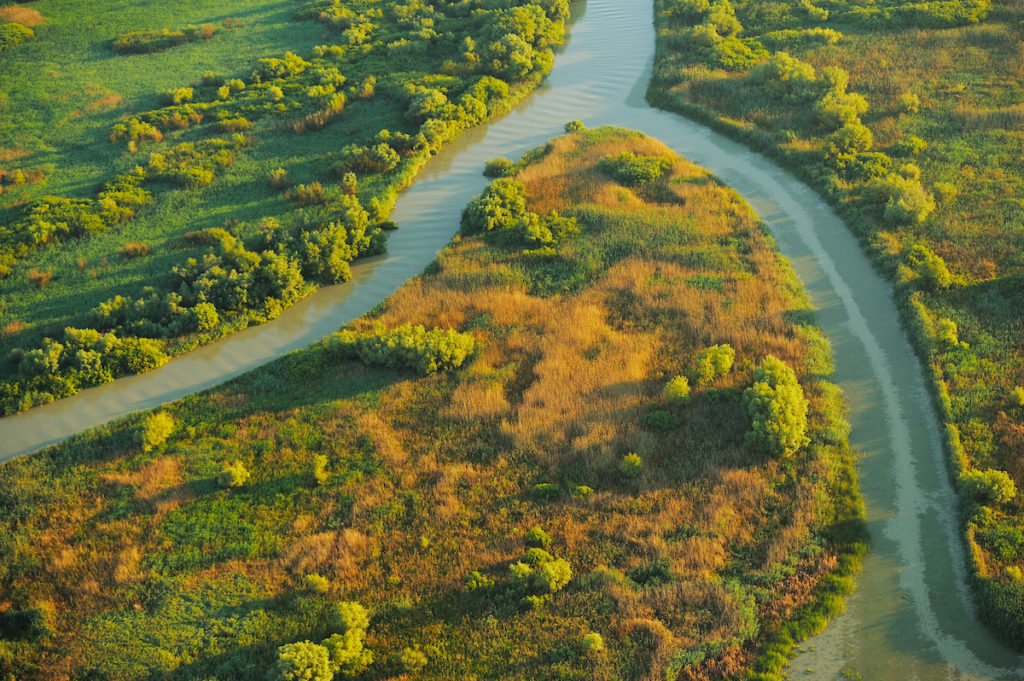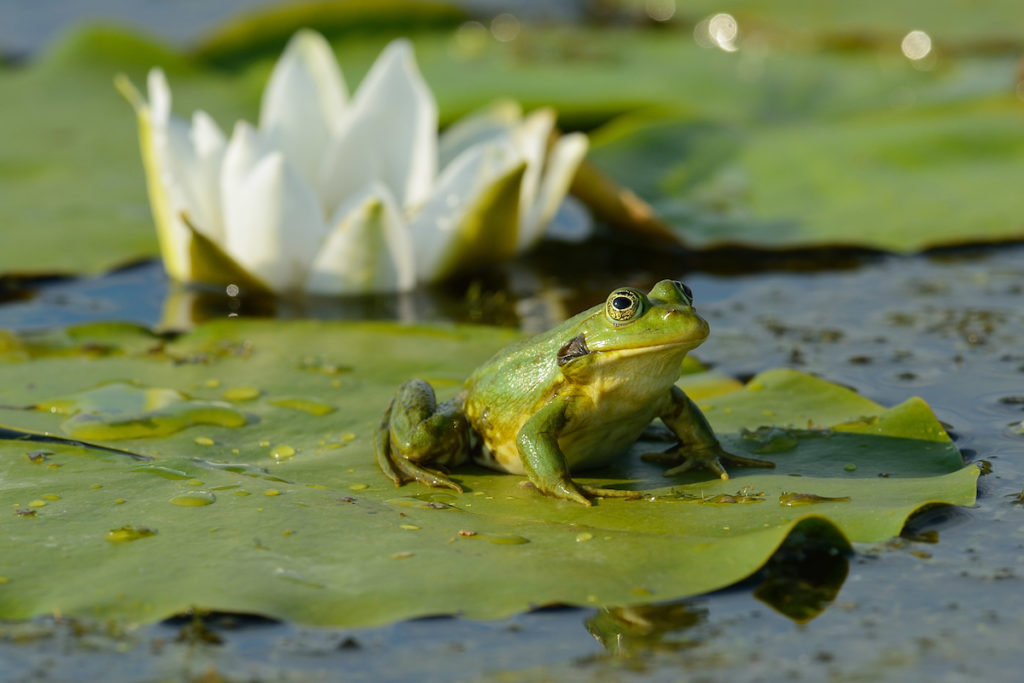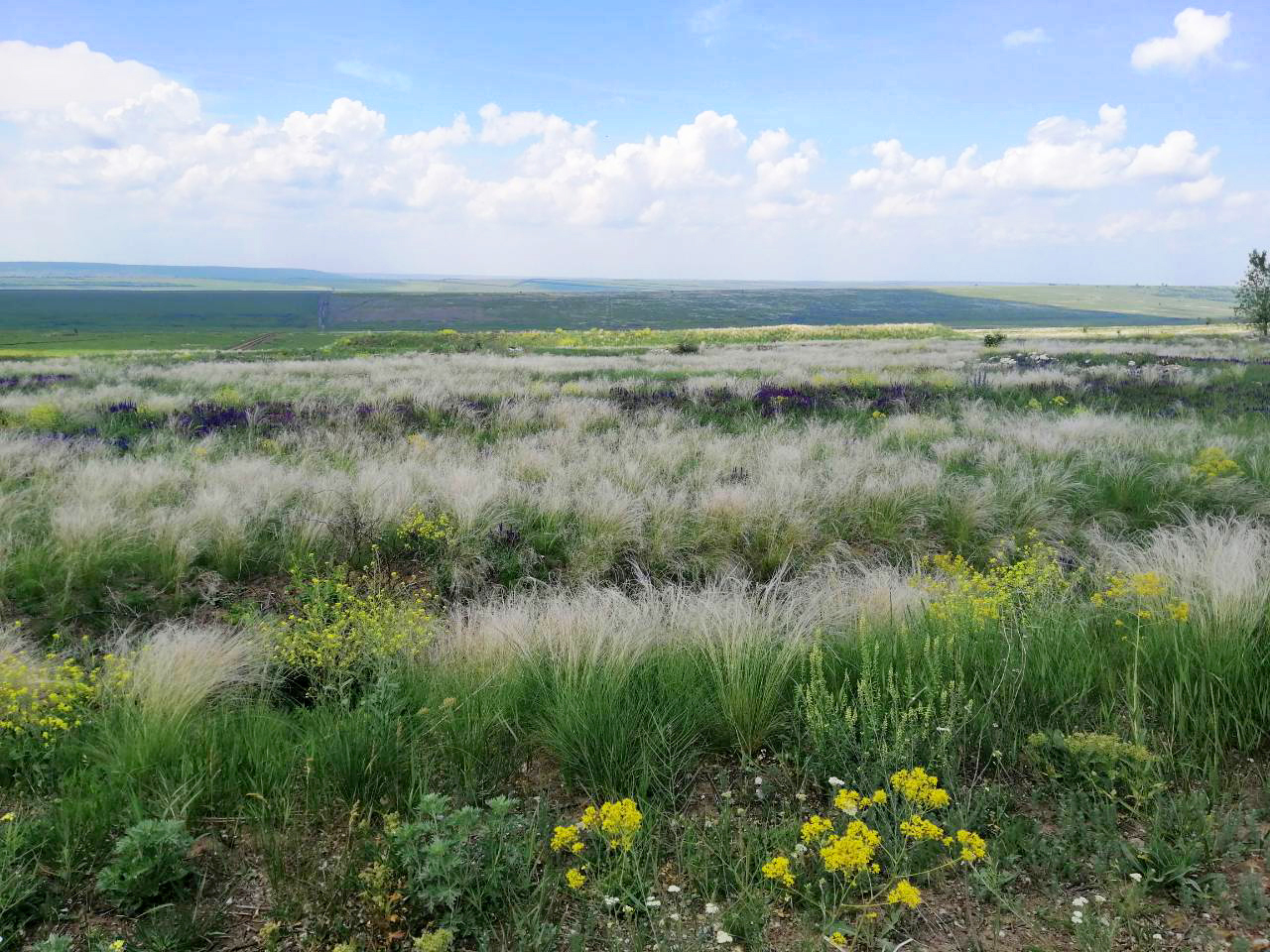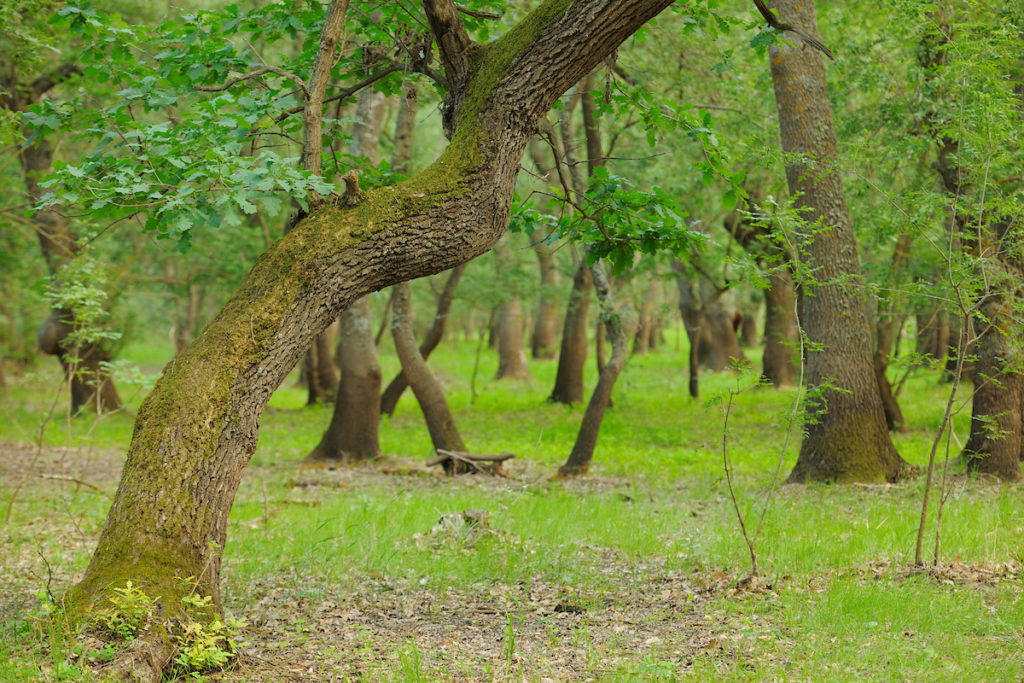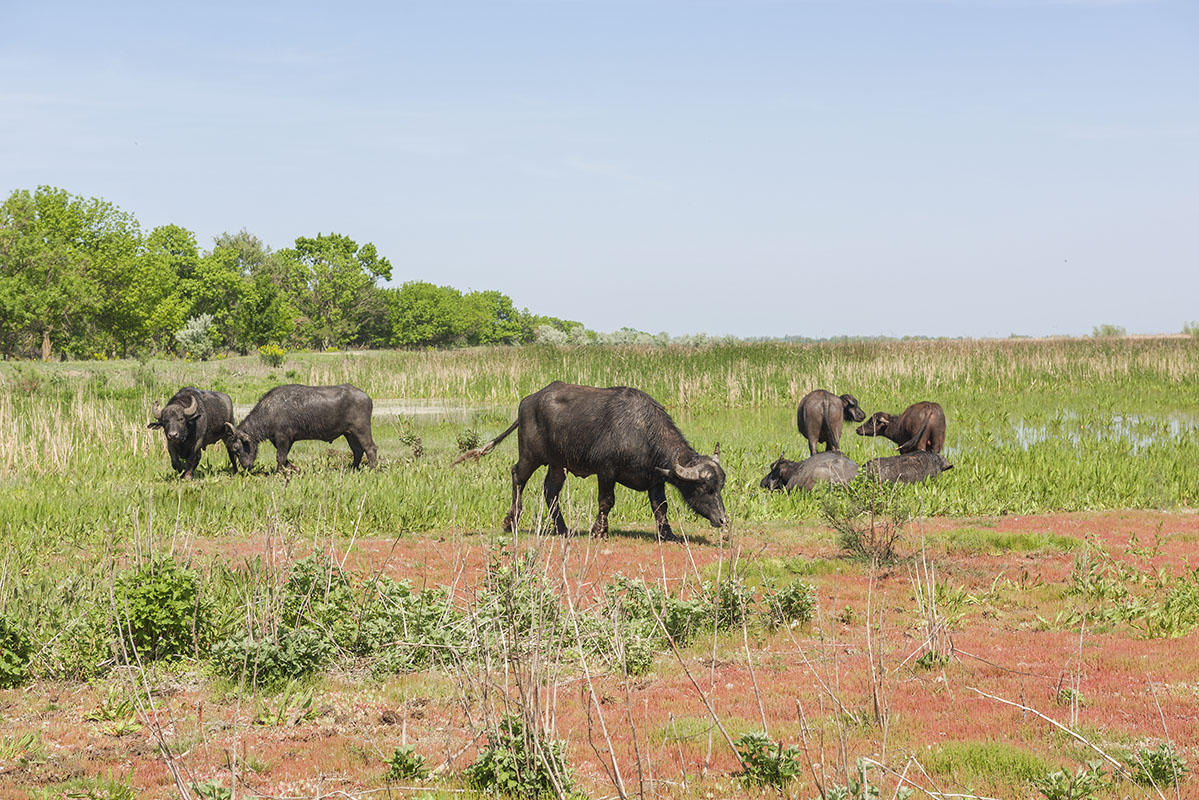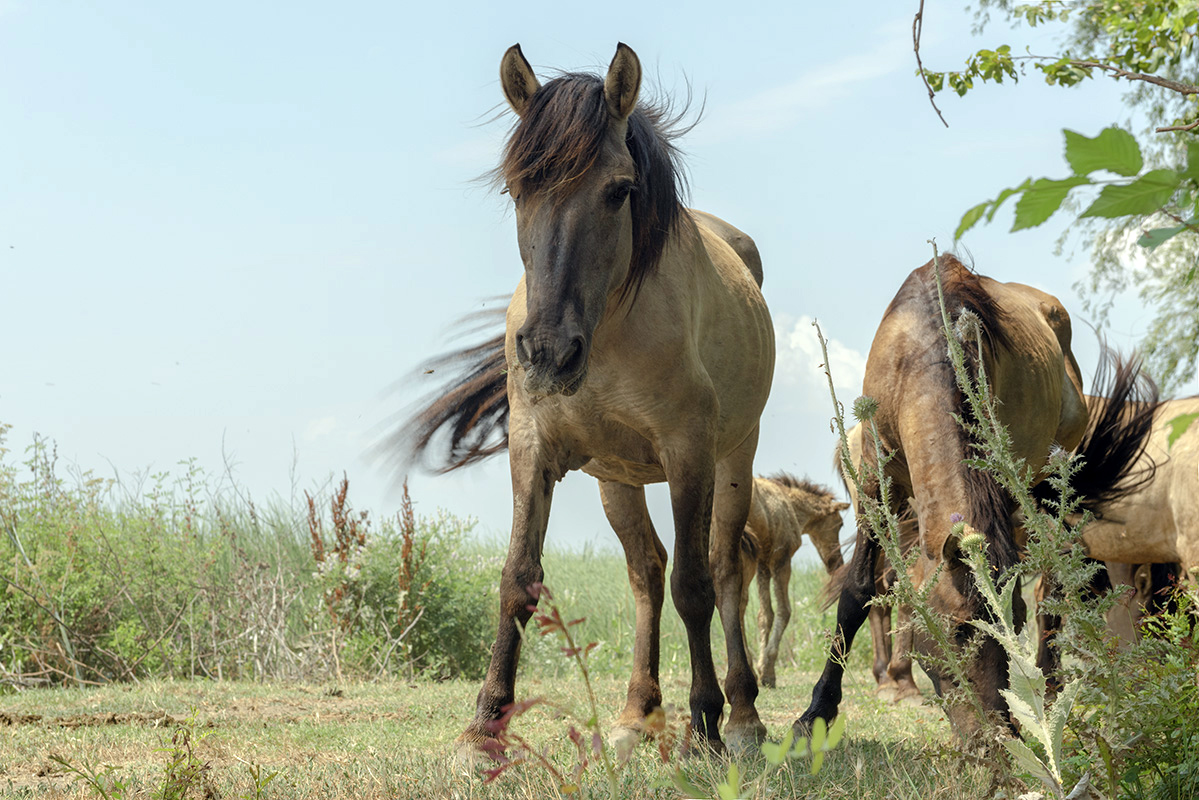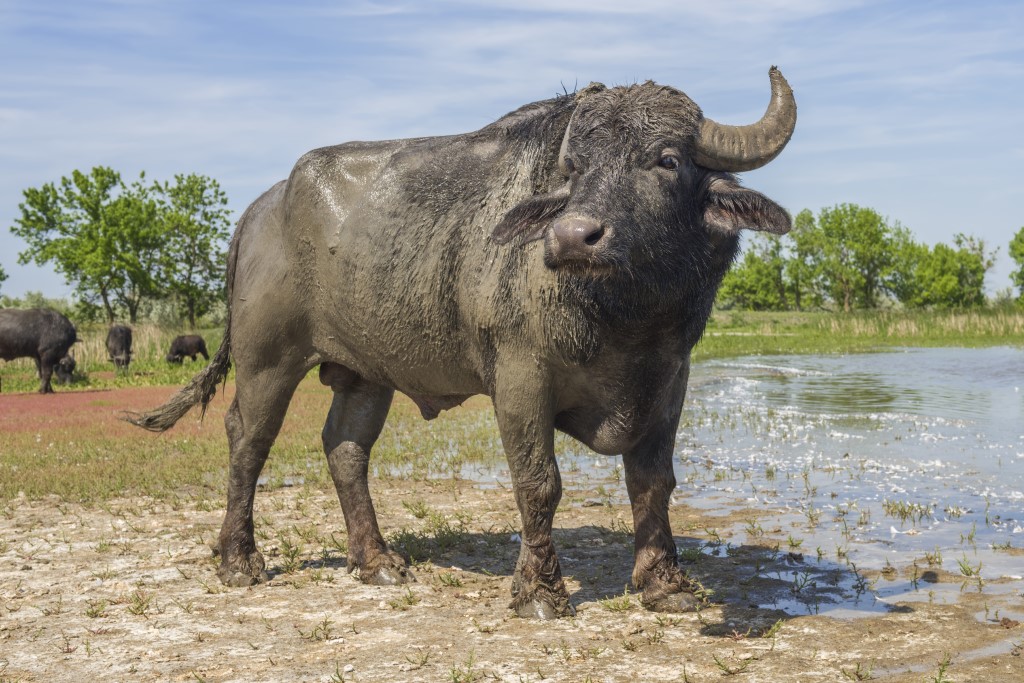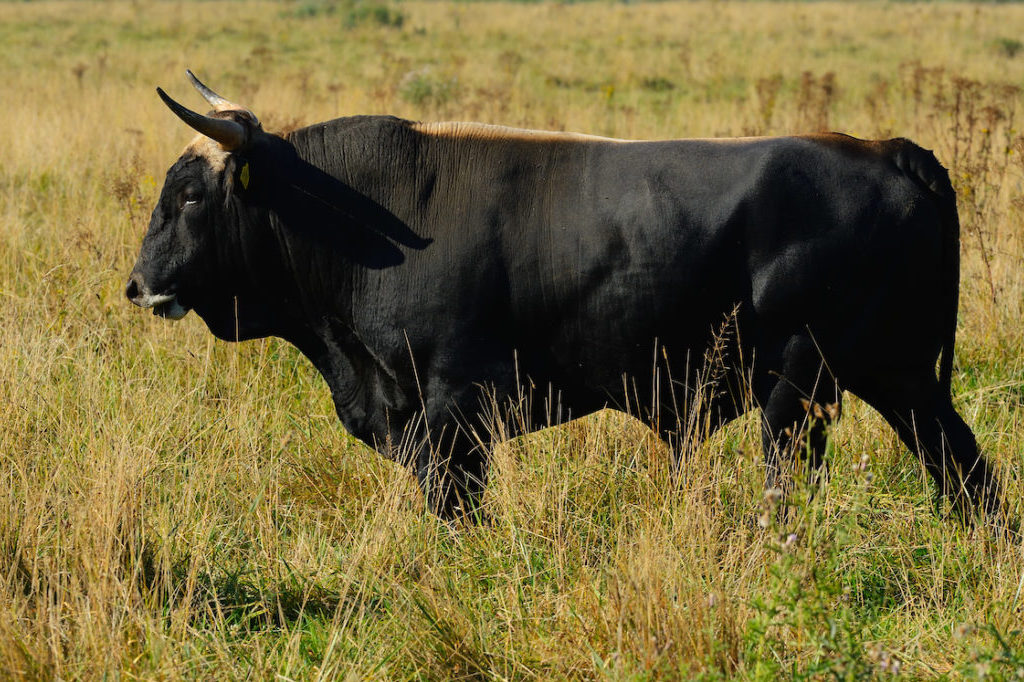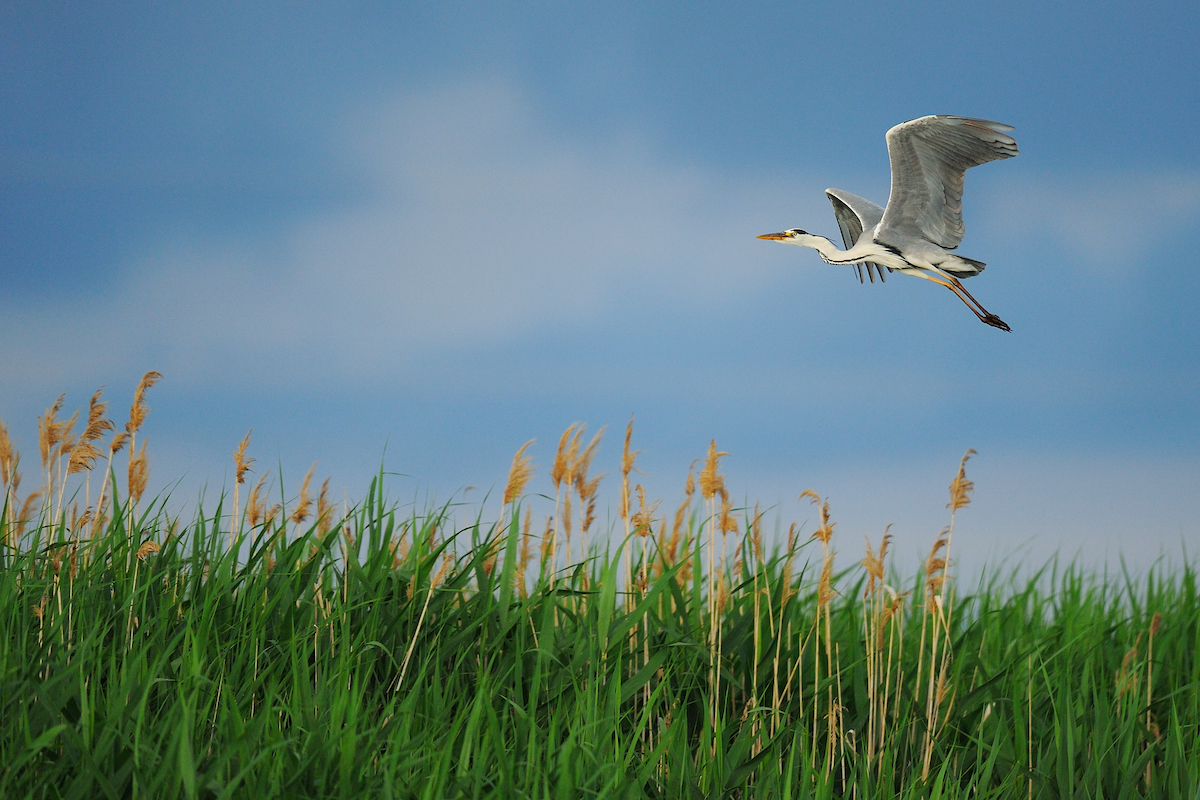Natural processes
When nature is working properly it provides us with an abundance of clean air, fresh water, carbon storage and flood prevention. It gives us everything from fuel and food to medicine and building materials.
Working properly means that nature is free to work undisturbed in all its breathtaking and beautiful complexity. In such an environment, natural processes are driven by the Earth’s systems and by species doing what they have evolved to do over millennia. For example, a wolf’s activity helps to bring back trees, trees maintain the health of rivers and natural grazing helps thousands of species to thrive in our grasslands.
While we may conduct research and analysis, we can never fully understand the vast, intricate workings of nature. We can observe though. And we can understand that nature is the best manager of natural processes.
